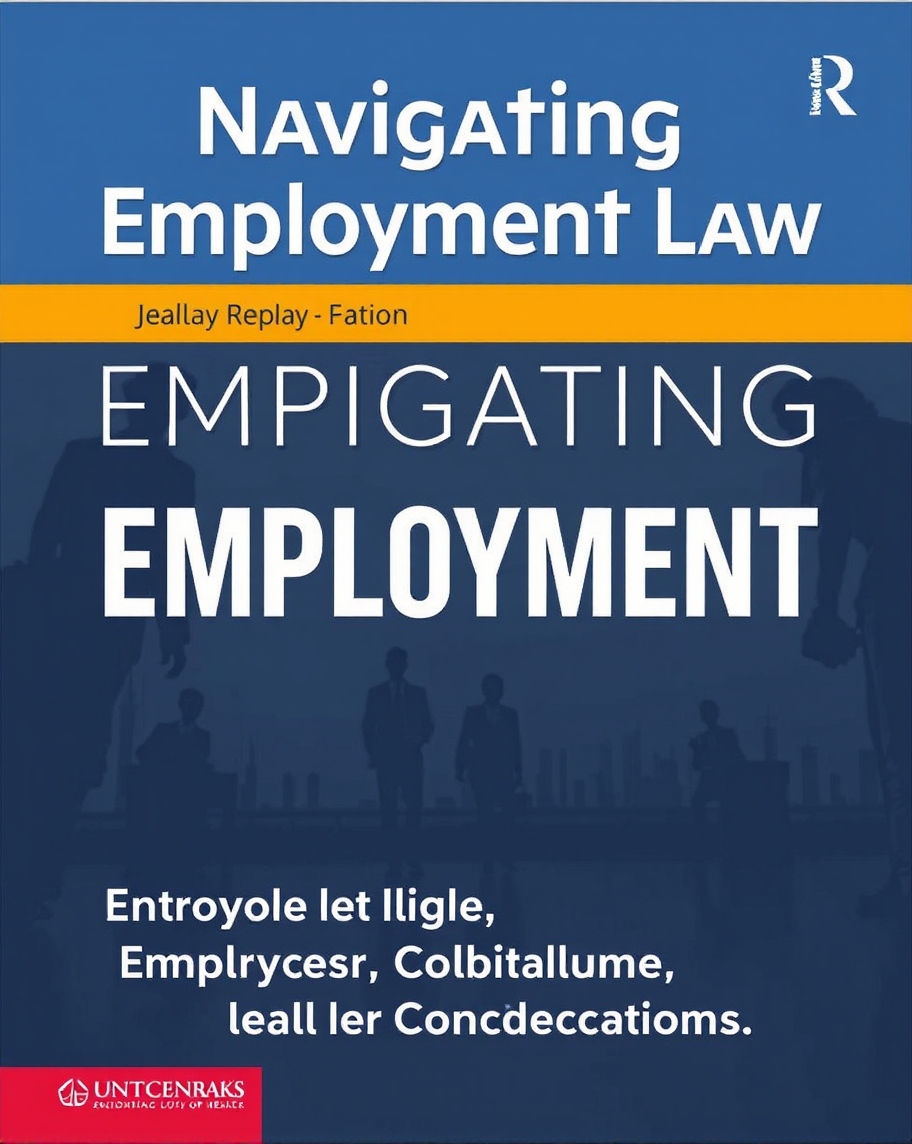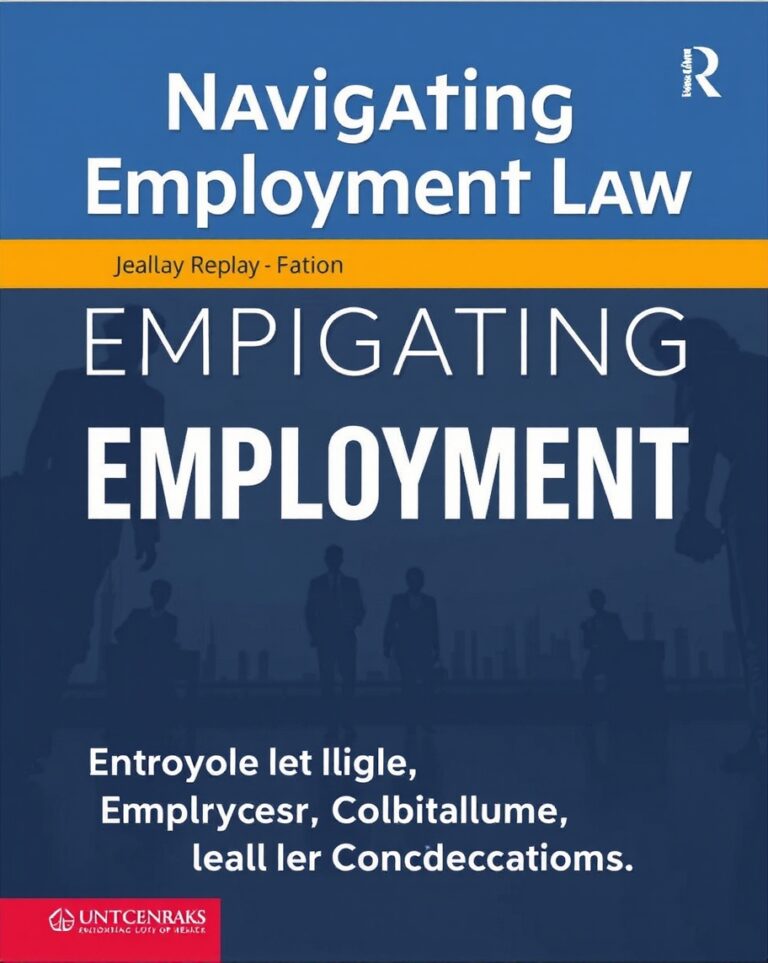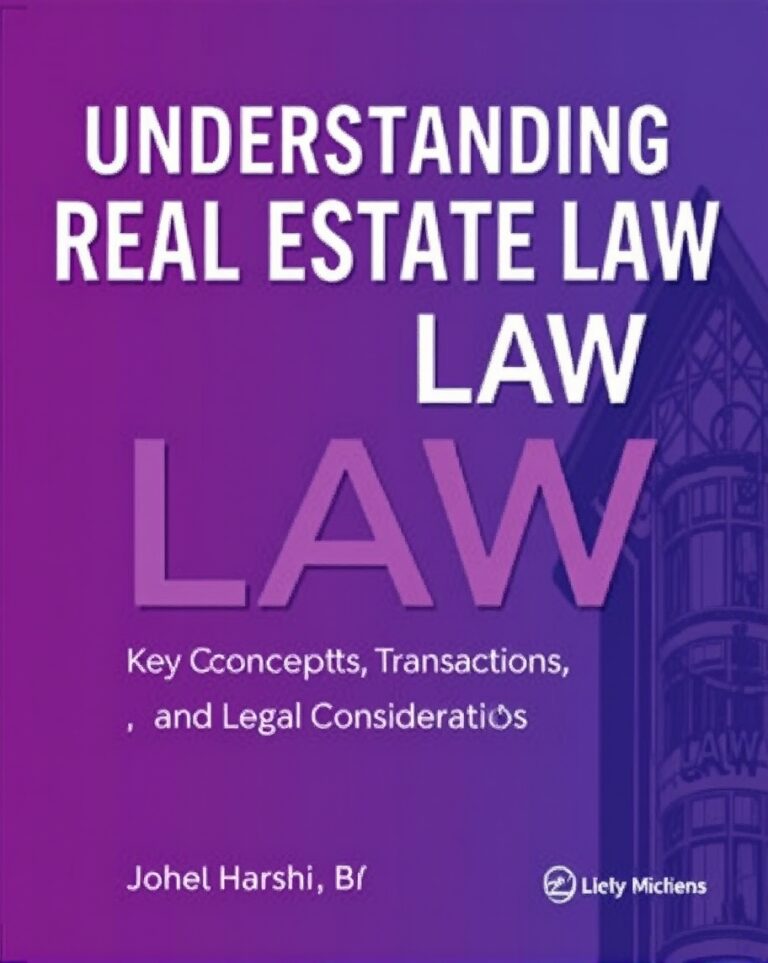
Introduction
Employment law is a vital area of legal practice that governs the relationship between employers and employees. This branch of law encompasses a wide range of topics, including employee rights, workplace safety, discrimination, wage and hour laws, and more. Understanding employment law is crucial for both employers and employees to ensure compliance with regulations and to protect rights. This comprehensive guide explores essential concepts in employment law, employee rights, employer obligations, and important legal considerations while incorporating high CPC keywords to enhance visibility and reach.
Key Concepts in Employment Law
1. Employment Contracts
An employment contract is a legally binding agreement between an employer and an employee that outlines the terms and conditions of employment. Key elements of an employment contract include:
- Job Description: A detailed description of the employee’s responsibilities and duties.
- Compensation: Information about salary, bonuses, and other forms of compensation.
- Duration: Whether the employment is at-will or for a fixed term.
2. Employee Rights
Employees have various rights protected by federal, state, and local laws. Understanding these rights is crucial for both employees and employers. Key employee rights include:
- Right to Fair Wages: Employees are entitled to receive at least the minimum wage and overtime pay for hours worked over the standard 40 hours per week.
- Right to a Safe Work Environment: Employers must provide a workplace free from recognized hazards, adhering to Occupational Safety and Health Administration (OSHA) regulations.
- Right to be Free from Discrimination: Employees are protected from discrimination based on race, color, religion, sex, national origin, age, disability, and genetic information under Title VII of the Civil Rights Act.
3. Employer Obligations
Employers have legal obligations to their employees, which vary by jurisdiction. Key employer obligations include:
- Wage and Hour Compliance: Employers must comply with wage and hour laws, including minimum wage and overtime regulations.
- Workplace Safety: Employers are required to maintain a safe working environment and to comply with OSHA regulations.
- Anti-Discrimination Policies: Employers must implement policies to prevent discrimination and harassment in the workplace.
Major Employment Laws
1. Fair Labor Standards Act (FLSA)
The Fair Labor Standards Act establishes minimum wage, overtime pay, recordkeeping, and youth employment standards for both public and private sector employees. Key provisions of the FLSA include:
- Minimum Wage: The FLSA sets the federal minimum wage, which can be exceeded by state or local laws.
- Overtime Pay: Employees must receive overtime pay at a rate of at least one and a half times their regular hourly wage for hours worked beyond 40 in a workweek.
- Child Labor Regulations: The FLSA prohibits the employment of minors in hazardous occupations and establishes restrictions on hours worked by minors.
2. Family and Medical Leave Act (FMLA)
The Family and Medical Leave Act provides eligible employees with the right to take unpaid, job-protected leave for specific family and medical reasons. Key provisions of the FMLA include:
- Eligible Reasons for Leave: Employees can take leave for the birth or adoption of a child, to care for a spouse, child, or parent with a serious health condition, or for their own serious health condition.
- Job Protection: Employees are entitled to return to their same or an equivalent job upon returning from FMLA leave.
- Leave Duration: Eligible employees can take up to 12 weeks of unpaid leave within a 12-month period.
3. Title VII of the Civil Rights Act
Title VII prohibits employment discrimination based on race, color, religion, sex, or national origin. Key provisions include:
- Prohibited Practices: Employers cannot make employment decisions based on an employee’s protected characteristics, including hiring, firing, promotions, and compensation.
- Harassment Provisions: Title VII prohibits harassment based on protected characteristics and requires employers to take action to prevent and address harassment in the workplace.
- Retaliation Protections: Employees are protected from retaliation for filing discrimination complaints or participating in investigations.
Compliance Challenges in Employment Law
1. Navigating Complex Regulations
Employers often face challenges in navigating the complex web of federal, state, and local employment regulations. Compliance requires staying informed about:
- Changes in Laws: Employment laws can change frequently, necessitating ongoing education and training for HR personnel.
- State-Specific Regulations: Employers must be aware of additional state-specific laws that may provide greater employee protections than federal laws.
- Industry-Specific Regulations: Certain industries, such as healthcare and construction, may have additional regulatory requirements.
2. Documenting Employment Practices
Proper documentation is essential for compliance with employment laws and for defending against potential legal claims. Key documentation practices include:
- Employment Contracts: Clearly outline terms and conditions of employment to avoid misunderstandings.
- Employee Handbooks: Provide a comprehensive guide to workplace policies, procedures, and employee rights.
- Performance Reviews: Document employee performance and any disciplinary actions to support employment decisions.
Legal Considerations in Employment Law
1. Employee Classification
Proper classification of employees is crucial for compliance with employment laws. Key considerations include:
- Independent Contractor vs. Employee: Misclassification can lead to significant legal and financial consequences. Employers must understand the criteria used to classify workers correctly.
- Exempt vs. Non-Exempt Status: Determining whether an employee is exempt from overtime pay requires understanding the criteria set forth by the FLSA.
2. Workplace Policies and Procedures
Developing and implementing effective workplace policies is essential for compliance with employment laws. Key policies to consider include:
- Anti-Discrimination and Harassment Policies: Clearly outline the company’s commitment to a discrimination-free workplace and provide procedures for reporting and addressing complaints.
- Leave Policies: Establish clear guidelines for employee leave, including FMLA, sick leave, and vacation policies.
- Disciplinary Procedures: Implement fair and consistent disciplinary procedures to address employee misconduct and performance issues.
3. Employment Litigation
Employment-related disputes can lead to costly litigation. Key considerations for employers include:
- Preventive Measures: Implementing robust policies and training programs can help prevent legal claims from arising.
- Mediation and Arbitration: Consider alternative dispute resolution methods to address conflicts without resorting to litigation.
- Legal Representation: Engaging legal counsel familiar with employment law can provide essential guidance in navigating complex legal issues.
High CPC Keywords in Employment Law
To enhance online visibility and attract valuable traffic, consider incorporating the following high CPC keywords related to employment law:
- Employment Rights
- Employee Classification
- Workplace Discrimination
- FMLA Compliance
- Employment Contracts
- Labor Law Attorney
- Wage and Hour Violations
- Employee Handbooks
- Anti-Harassment Policies
- Employment Litigation
Conclusion
Navigating employment law is essential for both employers and employees to ensure compliance with regulations and protect rights. Understanding key concepts such as employee rights, employer obligations, and major employment laws can help create a fair and equitable workplace.
Employers must stay informed about changing regulations, implement effective policies, and engage in preventive measures to mitigate legal risks. Employees, on the other hand, should be aware of their rights and seek legal advice when facing potential violations. By fostering an environment of transparency, respect, and compliance, employers and employees can work together to create a positive and legally sound workplace.




